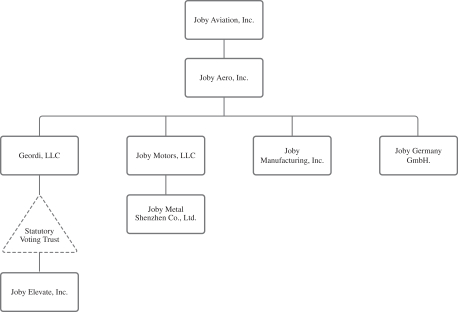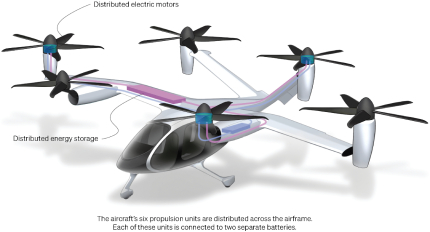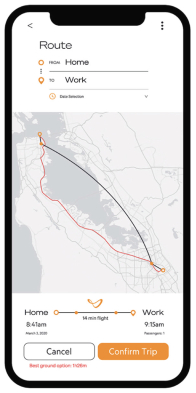| (i) certain of these interests were disclosed in the prospectus for RTP’s initial public offering and are included in this proxy statement/prospectus, (ii) these disparate interests would exist with respect to a business combination by RTP with any other target business or businesses and (iii) a significant portion of the consideration to RTP’s directors and executive officers was structured to be realized based on the future performance of the Joby Aviation common stock. In addition, RTP’s independent directors reviewed and considered these interests during their evaluation of the Business Combination and in unanimously approving the Merger Agreement and the related agreements and the transactions contemplated thereby, including the Business Combination. |
| • | Role of Morgan Stanley and Allen & Co. The RTP Board considered: the fact that Morgan Stanley, as sole-bookrunning manager in RTP’s initial public offering, would receive approximately $24.2 million for deferred underwriting commissions upon completion of the Business Combination; the fact that Morgan Stanley and Allen & Co. would be paid pursuant to their engagement letters with Joby in their respective roles as financial advisors to Joby in connection with the Business Combination; the fact that Morgan Stanley and Allen & Co. were also serving as co-placement agents to RTP in connection with the PIPE Investment (although not receiving a separate fee for that work); and the existing investment by Allen & Co. and certain of its employees in Joby. |
| • | Other Risk Factors. The RTP Board considered various other risk factors associated with the business of Joby or the Business Combination, as described in the section entitled “Risk Factors” appearing elsewhere in this proxy statement/prospectus. |
For a more complete description of the RTP board of directors’ reasons for approving the Business Combination, including other factors and risks considered by the RTP board of directors, see the section entitled “BCA Proposal — RTP’s Board of Directors’ Reasons for the Business Combination.”
Organizational Structure
The diagram below depicts a simplified version of the Joby Aviation organizational structure immediately following the completion of the Business Combination.

13



